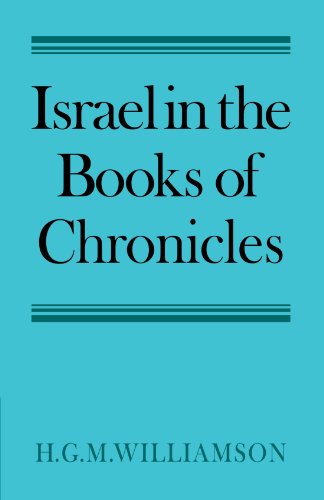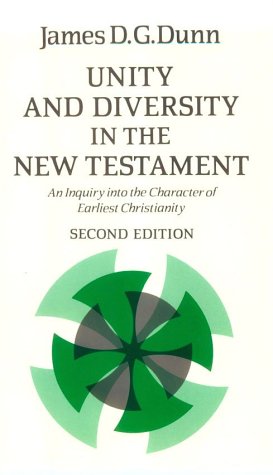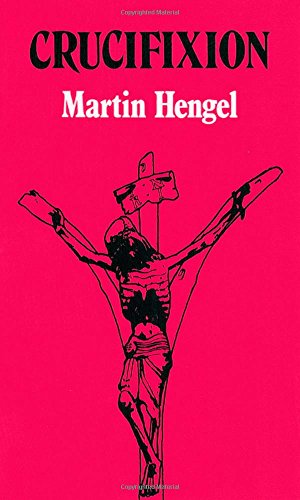This is the Day: The Biblical Doctrine of the Christian Sunday
Written by Roger T. Beckwith and Wilfrid Stott Reviewed By Derek KidnerAt a time when few aspects of traditional faith and practice are allowed to go unchallenged, it is not surprising that the status of the Lord’s Day should have been radically questioned in some quarters, and old controversies on the subject revived and sharpened. The present book provides a well-documented answer to Willy Rordorf’s reduction of the Lord’s Day to the Lord’s Supper in Der Sonntag (1962), whose English version, Sunday, was published in 1968 and has become widely known. But the answering is incidental: This is the Dayis first and foremost a study of the biblical material on the Sabbath and the Lord’s Day, with due reference to early (i.e., pre-Christian) Jewish understanding of the former and to patristic understanding of the latter.
R. T. Beckwith is the author of Part One: ‘The Biblical and Jewish Evidence’, in which he expounds the sabbath as primarily the memorial of the world’s creation and of Israel’s redemption, and the Lord’s Day as primarily the memorial of Christ’s resurrection; after which he seeks to demonstrate the continuity between the two festivals. He argues well and fairly for the status of the sabbath as a Creation Ordinance, endorsed as such by our Lord, whose pronouncements in Mark 2 and John 5 are examined with some thoroughness, not neglecting the partial parallels to their form and substance in Palestinian and Hellenistic Judaism. The significance of the sabbath’s inclusion in the Decalogue, and the question of its role, if any, in pre-Mosaic times, are carefully discussed, together with the implications of the fact that the New Testament fails to quote the fourth commandment. On this, Mr Beckwith observes (p. 15): ‘But the truth is that none of the first four commandments, setting forth our duty to God, is quoted—only the last six, setting forth our duty to man. Are we then to infer that our duty to God (to love whom is the first commandment of all) is less important than our duty to man? Or that Christ and his apostles do not care if we have other gods than one …? or if we commit idolatry …? or if we take God’s name in vain …?’
From both Christ’s and Paul’s examples of handling the Old Testament’s institutions as fulfilled rather than destroyed, and from Christ’s treatment of marriage, another Creation Ordinance, the author of this section prepares us to see a dynamic and transforming continuity between the Jewish sabbath and the Lord’s Day, comparable to the continuity between circumcision and baptism or between Passover and Eucharist. He concludes his contribution with a list of thirteen correspondences of this kind between the old institution and the new. Not all of these are of equal importance or certainty, but all are worth considering, and provide a useful summary of the diverse material of the preceding chapters.
Part Two, ‘The Evidence of the Fathers’, is largely a revised and condensed version of Dr Wilfrid Stott’s Oxford DPhil thesis on the subject. It deals very thoroughly with the pre-Constantine church’s attitudes and practice with regard to both the Jewish sabbath and the Lord’s Day, devoting several chapters to each of these aspects, the theological and the practical. Here it draws on a wide range of patristic writings and examines the implications of the terms ‘The First Day’, ‘The Lord’s Day’ and ‘The Eighth Day’, as well as studying the early church’s attitude to the Ten Commandments.
From this evidence Dr Stott builds up a detailed, if necessarily circumstantial, case against Rordorf’s contention that Sunday only derived its character as a day of rest (and consequently of numerous services) from the decree of Constantine in AD 321. The dependence, he argues, was the other way about: the decree was now imposing on society in general the existing practice of the church, which can be traced back (by inference from a wide variety of expressions used by the pre-Nicene Fathers) to the second and even the first century. As for the rather desperate theory that the term ‘the Lord’s Day’ was derived from ‘The Lord’s Supper’, and meant no more than the day on which the latter was celebrated—a secular day in all other respects—our author points out that the assertion is without visible support. ‘So far as I am aware,’ he remarks, ‘there is no instance of the name “the Lord’s Day” being attributed (sc. in patristic writings) to the performance of the “Lord’s Supper” on that day’ (p. 58); and he is ready to substantiate this remark by referring the reader to his fuller treatment of the point in his article on the adjective kyriake in NTS 12 (1965).
But the thrust of the book is not primarily polemical. Dr Stott’s thesis was begun before the appearance of Rordorf’s Der Sonntag, and both sections of This is the Day explore the various facets of Sunday as God’s gift to the church and to mankind. It is not light reading: its strength is in its scholarship. But by the same token it is, in my opinion, an indispensable tool for any who, on either side of the controversy, would form a responsible judgment concerning one of the most crucial questions for the life and health of the Christian church.
Derek Kidner
Cambridge







